If you're planning a Rome travel adventure, you probably already know about the Colosseum, the Vatican and the endless selfie spots. But the real magic happens off the main tourist radar, where locals sip coffee, hunt street art and discover flavors you won’t find in a guidebook. Below is a weekend‑long itinerary built from the places I love most - the eateries, neighborhoods and experiences that make Rome feel like a hometown, not a theme park.
Why Go Local? The Value of Hidden Gems
When you stick to the tourist trail, you trade authentic vibes for crowds. The secret streets of Trastevere are home to centuries‑old trattorias that still serve recipes handed down from grandparents. In Testaccio, the food market hums with the same energy it had when Romans first sold olives from stone stalls. By wandering these neighborhoods, you’ll hear the city’s heartbeat and find moments that aren’t timed by tour groups.
Hidden Neighborhoods Worth Exploring
- Trastevere - cobblestone lanes, vintage bars, and the beautiful Basilica of Santa Maria in Trastevere. Best visited after sunset when the streets glow with lantern light.
- Testaccio - known as Rome’s culinary heart, it houses the ancient Monte Testaccio mound and an everyday market where locals pick fresh produce.
- Aventino - a quiet hill with secret gardens, the famous "keyhole" view of St. Peter’s Basilica, and a handful of Roman‑style cafes.
- Pinciano - home to Villa Borghese’s lesser‑known galleries and the picturesque Piazza del Popolo at dawn.
- Ostia Antica - a short train ride away, this archaeological park feels like a miniature Pompeii without the crowds.
Foodie Finds: Dishes Only Locals Know
Roman cuisine extends far beyond carbonara. Here are three dishes that define the city’s street‑food culture:
- Supplì - deep‑fried rice balls stuffed with mozzarella and ragù. Grab them at Trapizzino in Testaccio for a modern twist.
- Pizza al Taglio - rectangular slices sold by weight. Gelateria del Teatro in the historic center doubles as a pizza‑by‑the‑slice joint in the evenings.
- Cacio e Pepe - the simple pasta dish that tests a chef’s skill. The secret version at Da Enzo al 29 in Trastevere has a buttery texture that melts in your mouth.
For dessert, seek out Pasticceria Regoli in Esquilino for the best maritozzo (sweet bun with whipped cream).
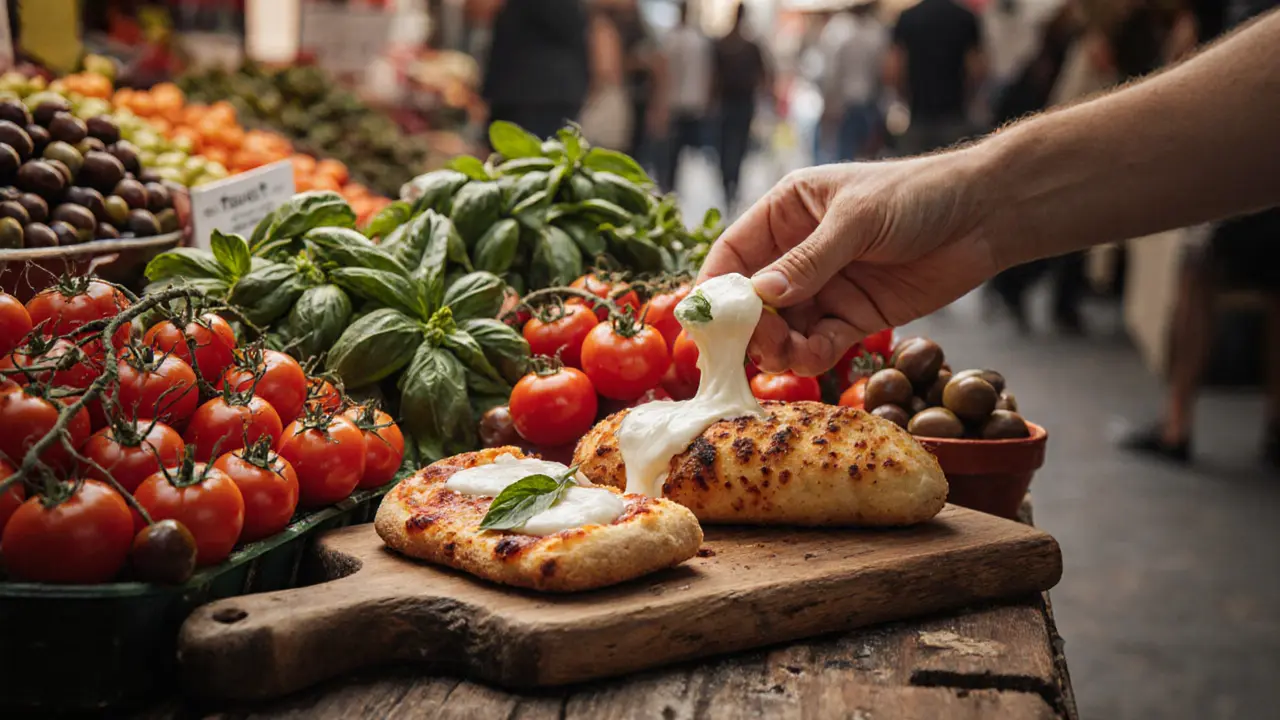
Art, History, and Quiet Spots
Beyond the Vatican and the Colosseum, Rome houses countless lesser‑known museums and churches that offer deep cultural immersion:
- Basilica di San Clemente - a three‑layered basilica where you can descend from a 12th‑century church into a 4th‑century one, then further into a 1st‑century Roman house.
- Galleria Doria Pamphilj - a private collection on a grand palazzo, featuring Caravaggio’s dramatic “Rest on the Flight into Egypt”.
- Villa Torlonia - once Mussolini’s residence, now a public park with whimsical architecture, including the “Casina delle Civette” filled with stained glass.
Live Music, Night Vibes, and Social Hubs
Rome’s nightlife isn’t limited to clubs. The city’s bar scene thrives on intimate venues where locals jam, sip wine, and talk politics:
- Jazz lovers should head to Alexanderplatz in Trastevere - a low‑key spot with nightly live sets.
- For a cocktail with a view, try La Grande Bellezza Rooftop Bar near the Pantheon. The Aperol Spritz tastes better with the city lights.
- Alternative rock fans will feel at home at Rex in Testaccio, a warehouse‑style venue that hosts emerging Italian bands.
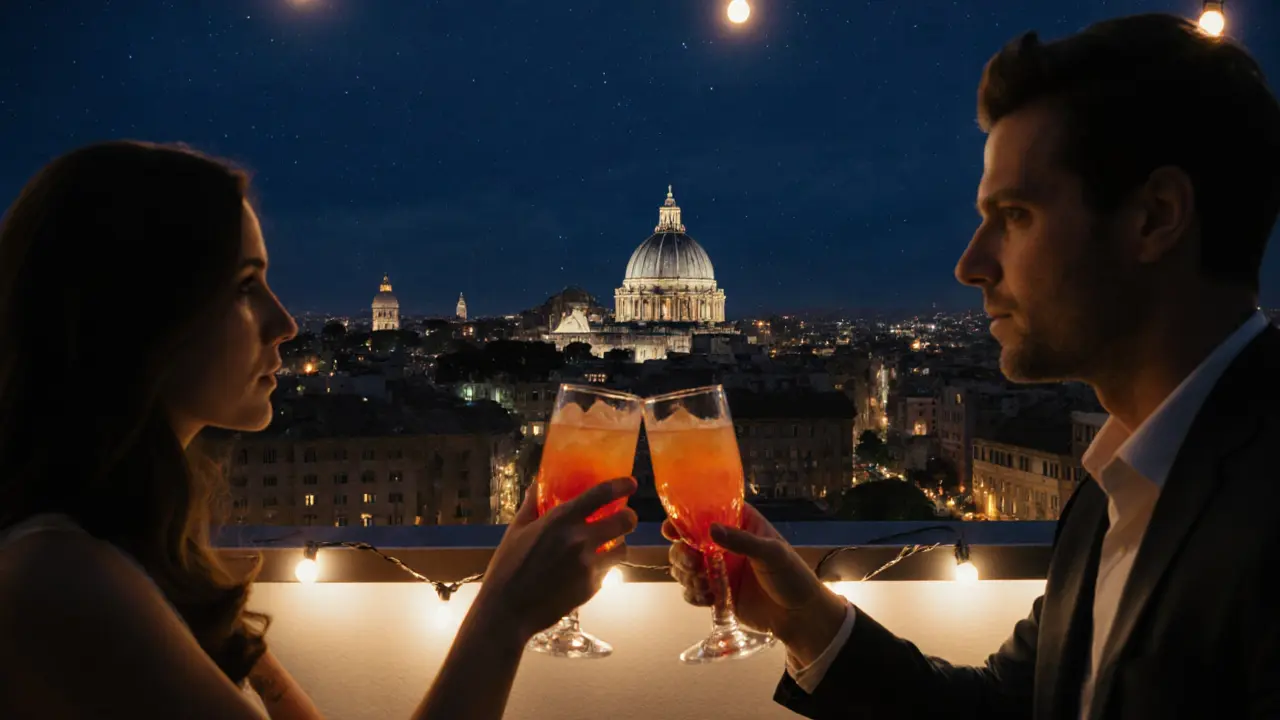
Day Trips: Exploring Beyond the City Limits
When you’ve soaked in the local scene, venture a little farther:
| Destination | Highlight | Travel Time | Best Season |
|---|---|---|---|
| Orvieto | Medieval hill town with stunning Duomo | 1 hour by train | Spring & Autumn |
| Castelli Romani | Vineyard villages and Lake Albano | 45 minutes by bus | Summer |
| Ostia Antica | Well‑preserved Roman ruins | 30 minutes by train | Year‑round |
Each spot offers a contrasting vibe to the capital, letting you reset your senses before diving back into the bustling streets.
Practical Tips for a Local‑Style Stay
- Buy a weekly ATAC transport pass. It covers buses, trams and metro - the cheapest way to hop between neighborhoods.
- Learn a few key Italian phrases: “Un caffè, per favore” (a coffee, please) and “Dove è il bagno?” (where’s the bathroom?). Locals appreciate the effort.
- Shop at open‑air markets like Mercato Testaccio early in the morning. You’ll find fresh fruit, cheeses, and the occasional street‑performer.
- Avoid peak dinner hours (7‑9 pm). Many smaller trattorias close at 10 pm, so arriving around 6 pm guarantees a seat.
- Carry cash. Small family‑run places often don’t accept cards, and a few euros can buy you a pastry on the go.
When is the best time of year to visit Rome for fewer crowds?
Late October through early November offers mild weather and thinner tourist flows. You’ll still catch the city’s vibrant street life without fighting the summer heat.
How can I get around Rome without a car?
Rome’s public transport network (metro, bus, tram) together with a good walkable city layout makes a car unnecessary. For short hops between neighborhoods, consider the shared‑bike system “RettroBike”.
What’s a must‑try snack for a quick lunch?
Grab a “panino al lampredotto” from a street stand in San Lorenzo. It’s a traditional Florentine tripe sandwich that Romans have adopted as a tasty, budget‑friendly bite.
Are there any hidden parks for a relaxing afternoon?
The Orange Garden (Giardino degli Aranci) on the Aventine Hill offers panoramic views of the city and a peaceful setting away from the crowds.
What’s the easiest way to experience Rome’s nightlife like a local?
Start with an aperitivo in Trastevere, then drift to a live‑music bar such as Alexanderplatz. Keep the night flexible - Romans often move from a quiet wine bar to a late‑night club based on the vibe.
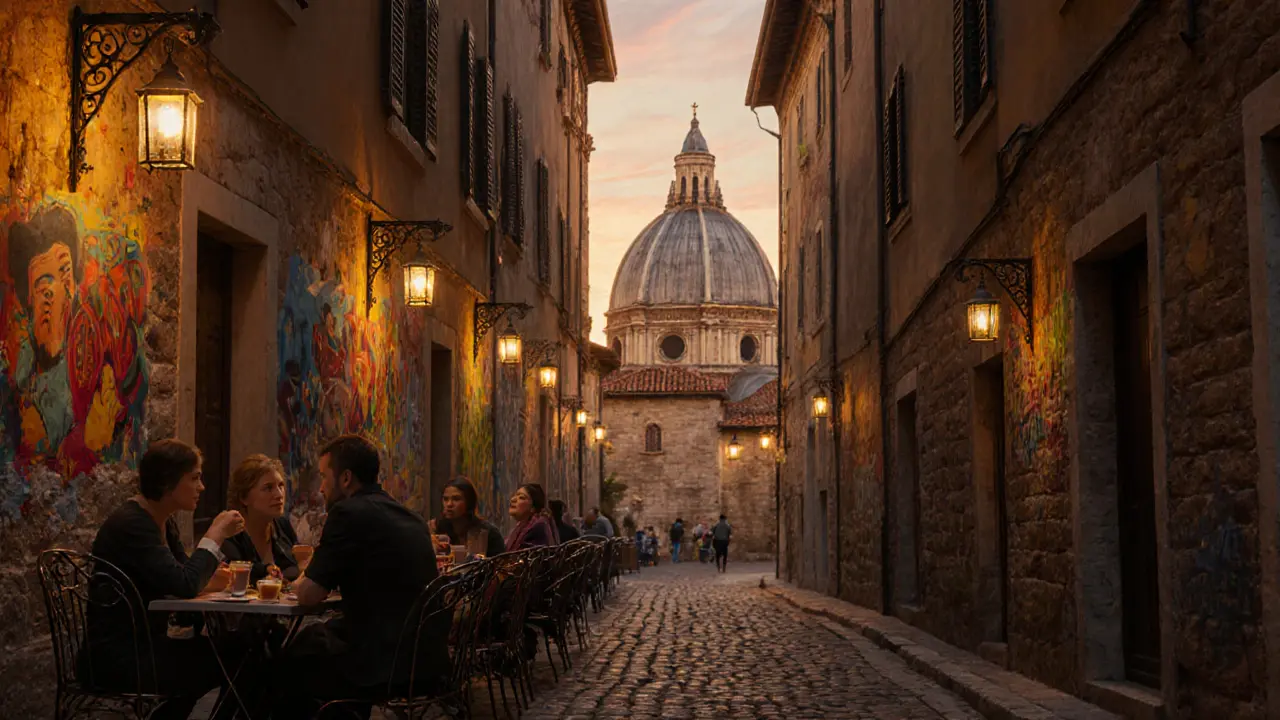
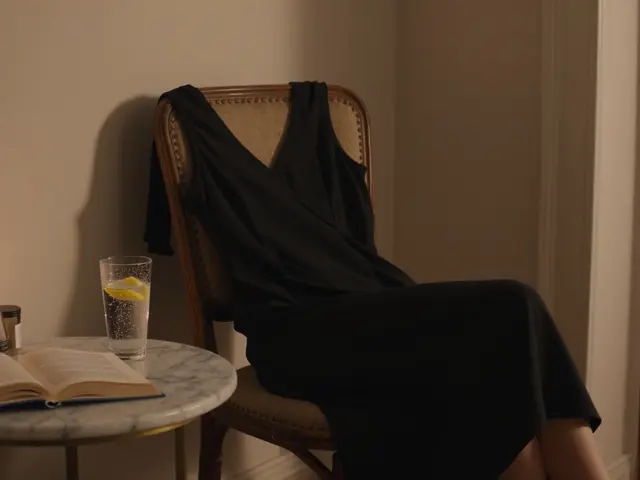
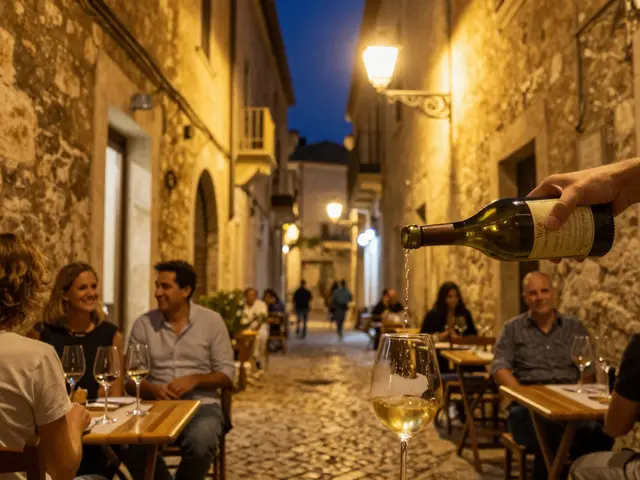
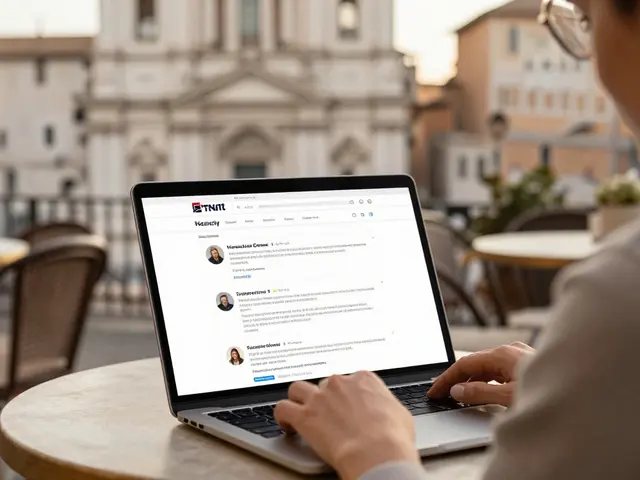

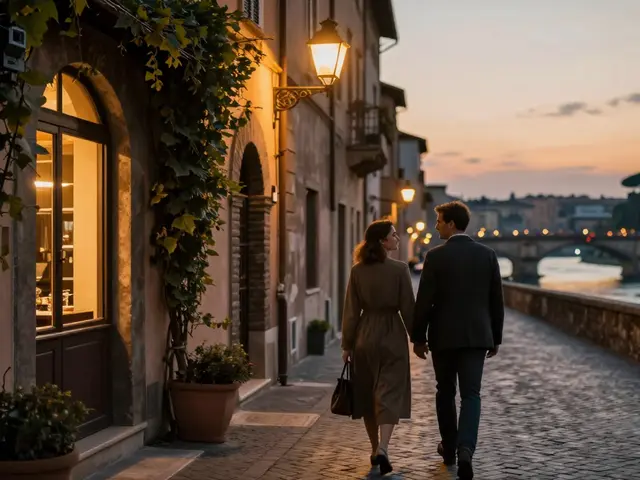
Rome is a living lesson in how neighborhoods shape identity we walk the cobblestones and feel the pulse of daily life it reminds us that travel is as much about listening as seeing. Each alley in Trastevere whispers stories that have been carried for centuries. When you sit for a coffee in Testaccio you become part of a quiet ritual that locals cherish. The Aventine keyhole view is a reminder that the city hides small wonders for those who wander off the map. Let the city teach you patience and curiosity.
Honestly this guide is overhyped!!!
Alright, strap in because Rome’s local scene is a high‑octane playground for any foodie with a taste for authenticity. First‑order move: skip the Colosseum brunch line and dive straight into a suppli‑laden pit stop at Trapizzino in Testaccio. The micro‑trend of pizza al taglio by weight is a data‑driven way to calibrate your carb intake while sampling multiple flavor vectors. When you hit the Aventine Hill, the keyhole perspective is a live‑feed of urban geometry that even a GIS analyst would applaud. Don’t forget to tap into the subterranean layers of San Clemente; it’s a stratified case study in architectural palimpsest. If you’re network‑optimizing your day, map out the tram routes from the ATAC pass and vector your movement between neighborhoods. The Villa Torlonia park acts as a green‑buffer zone for mental bandwidth recovery after a sprint through the historic core. Local bars like Alexanderplatz serve jazz with a tempo that syncs perfectly with the city’s heartbeat. Strategically schedule your aperitivo in Trastevere around 6 pm to capture the golden hour lighting for Instagram‑ready content. And if you’re looking for a quick hack, the RettroBike share‑system is a low‑friction mobility solution for those micro‑commutes. The Giardino degli Aranci on the Aventine offers a low‑noise environment ideal for reflective thinking and breathing exercises. Cacio e pepe at Da Enzo al 29 is a flavor profile that tests the limits of umami balance and cheese melt dynamics. For a post‑meal data point, grab a maritozzo at Regoli and note the sugar‑to‑cream ratio for future reference. Even the night‑life venues like Rex provide a sandbox for emergent bands to iterate on their sound in real time. Bottom line: treat Rome like a living lab and you’ll walk away with both tasty memories and actionable insights.
That energy is contagious – I love how you frame the city as a lab! In Trastevere the vibe feels like a neighborhood dance, welcoming everyone. You’ll find that locals appreciate when visitors respect the rhythm of the streets. Keep sharing these tips, they help bridge cultures.
Rome's streets have that slow‑motion charm you cant find anywhere else. Its like stepping into a movie set but with real pizza.
Sure, the city looks romantic on camera but the reality is a maze of endless traffic and tourist traps. Most "hidden gems" are just overpriced versions of the same old dishes. And that "real pizza" you mentioned? It's often the same dough you get elsewhere with a different name. People hype the nightlife as if it's always buzzing, yet many bars close early. So keep your expectations in check before you fall for the hype.
The itinerary presented suffers from a lack of critical assessment regarding seasonal crowd patterns. While the suggestion of late October visits is valid, the guide neglects to mention potential weather fluctuations. Moreover, the emphasis on street food overlooks dietary restrictions that many travelers face. A more nuanced approach would enhance its utility.
i get what youre saying but maybe a bit more friendly tone could help ppl feel welcome :)
Totally! 😊 Everyone appreciates a warm vibe – keep sharing love for Rome and the community will grow! 🙌